Nuclear fusion plasma failures predicted with 94% accuracy by China’s new AI.
Chinese researchers develop AI systems that predict and monitor plasma disruptions, boosting fusion experiment safety.
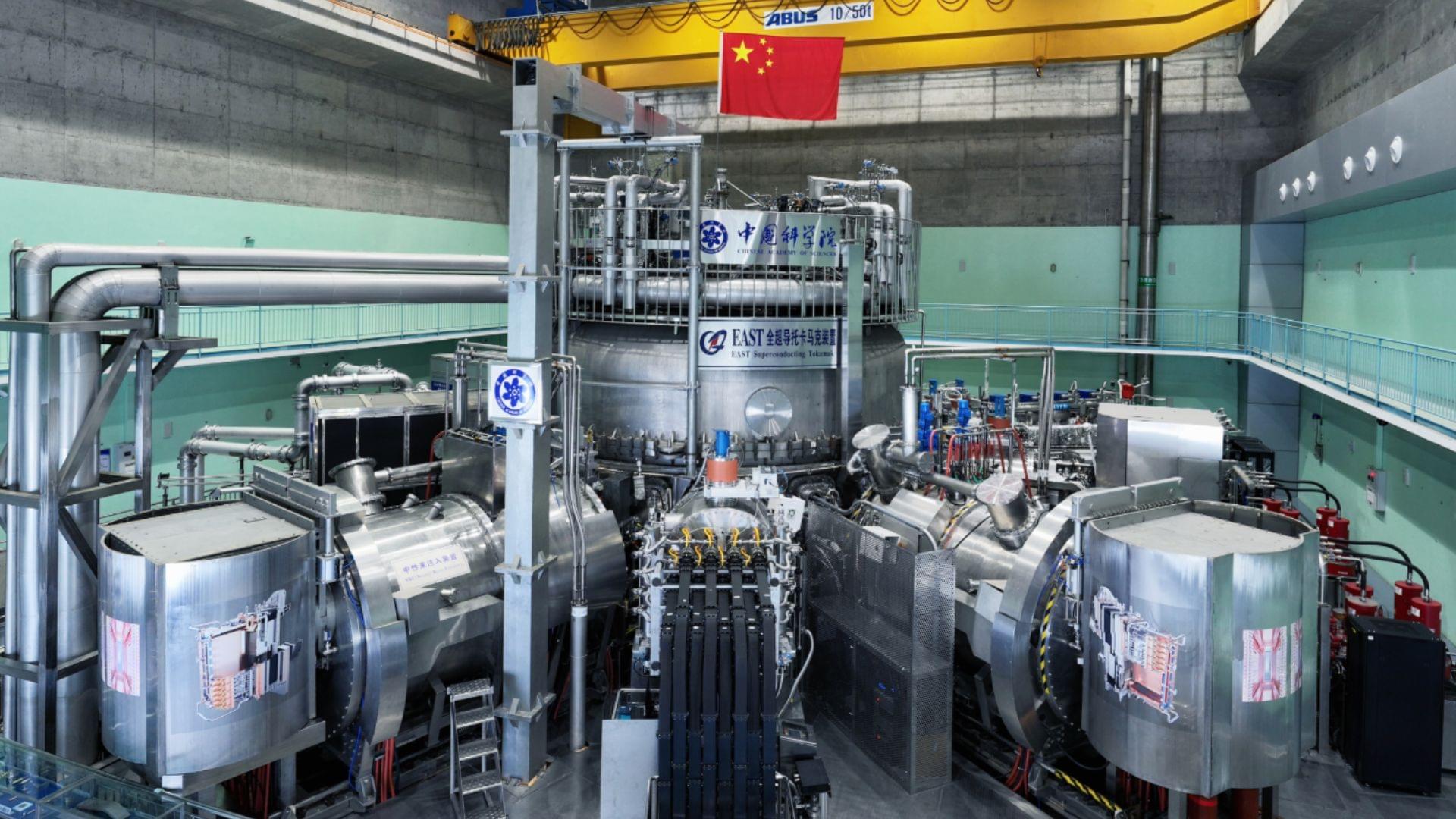
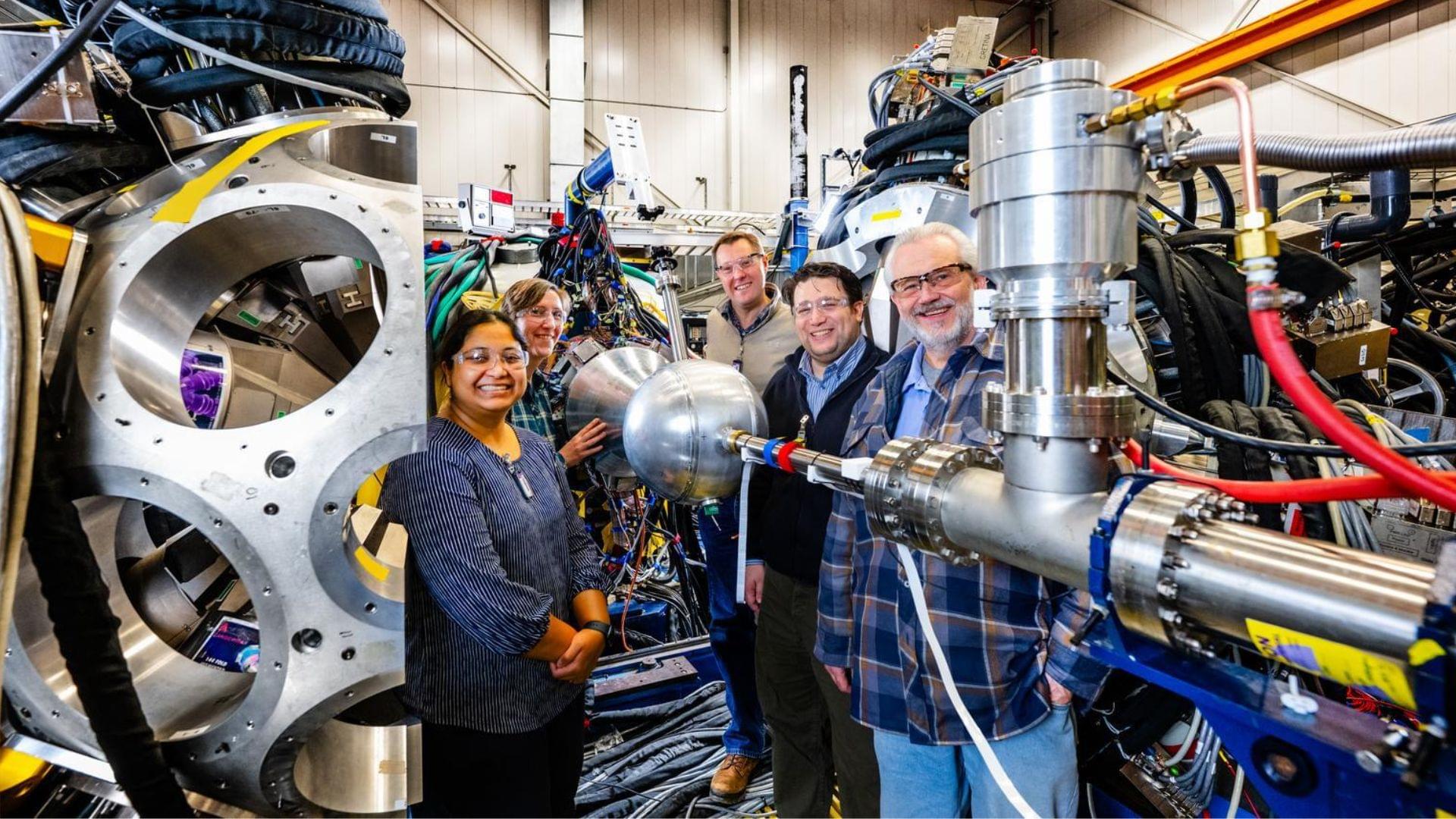

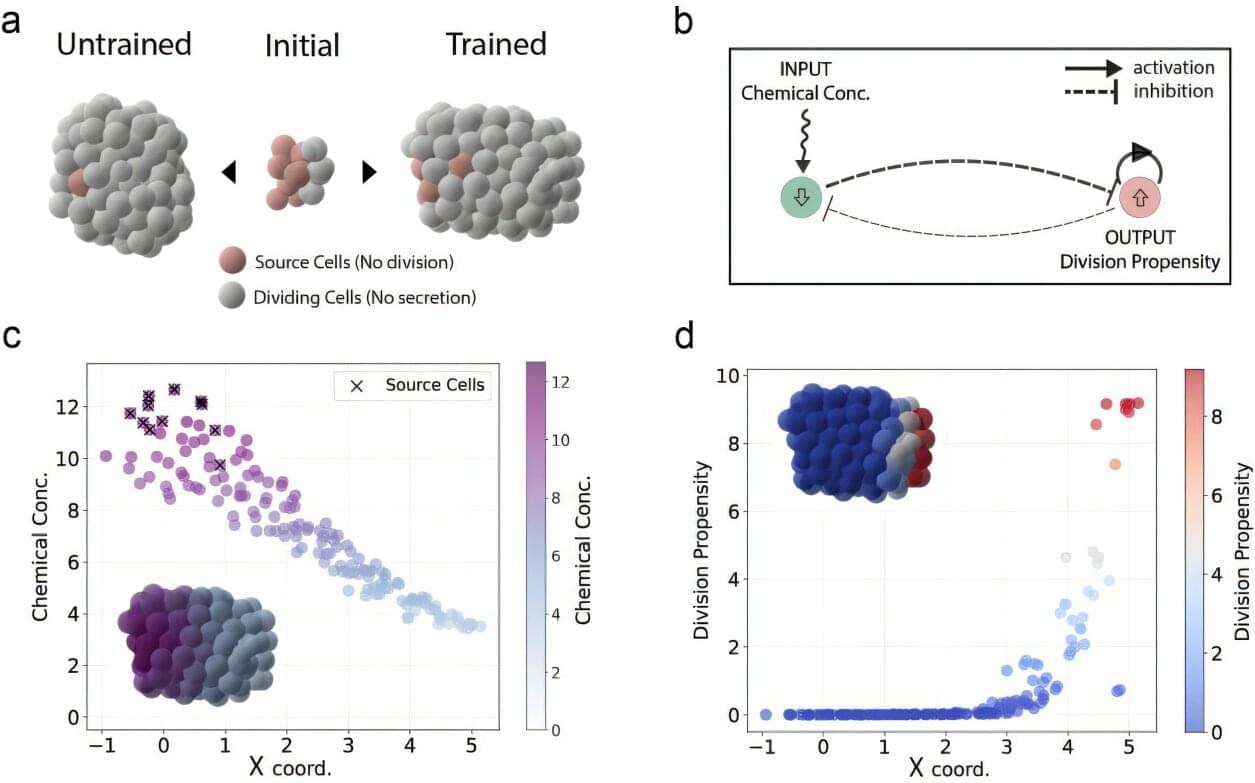
One of the most fundamental processes in all of biology is the spontaneous organization of cells into clusters that divide and eventually turn into shapes—be they organs, wings or limbs.
Scientists have long explored this enormously complex process to make artificial organs or understand cancer growth—but precisely engineering single cells to achieve a desired collective outcome is often a trial-and-error process.
Harvard applied physicists consider the control of cellular organization and morphogenesis to be an optimization problem that can be solved with powerful new machine learning tools. In new research published in Nature Computational Science, researchers in the John A. Paulson School of Engineering and Applied Sciences (SEAS) have created a computational framework that can extract the rules that cells need to follow as they grow, in order for a collective function to emerge from the whole.
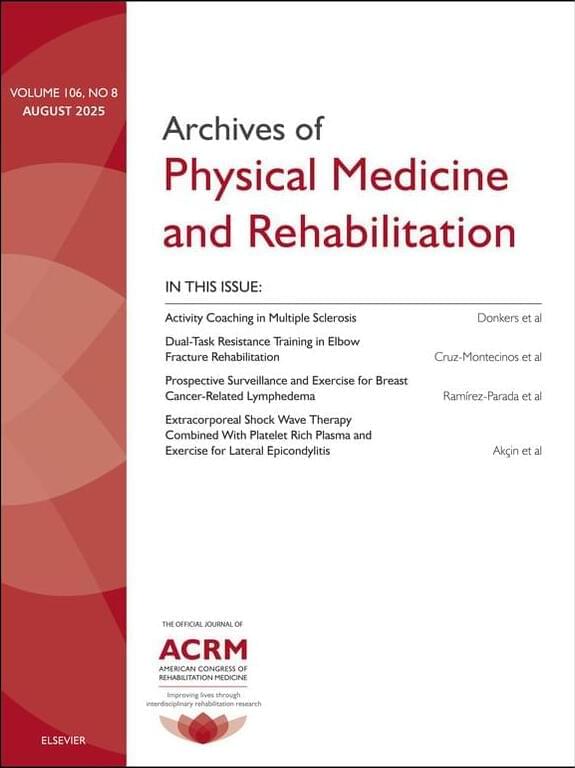
Researchers increasingly use online tools to advertise studies, recruit participants, and collect data, enabling access to individuals in remote or rural areas, those with limited mobility, and participants facing time constraints. While online platforms offer significant advantages, online research remains vulnerable to fraudulent activity, which can compromise the validity of study findings and deplete both funding and human resources. This special communication describes the real-world experiences of two research groups, one in Canada and one in the United States, who encountered fraudsters in both randomized controlled trials (RCTs) and observational studies.
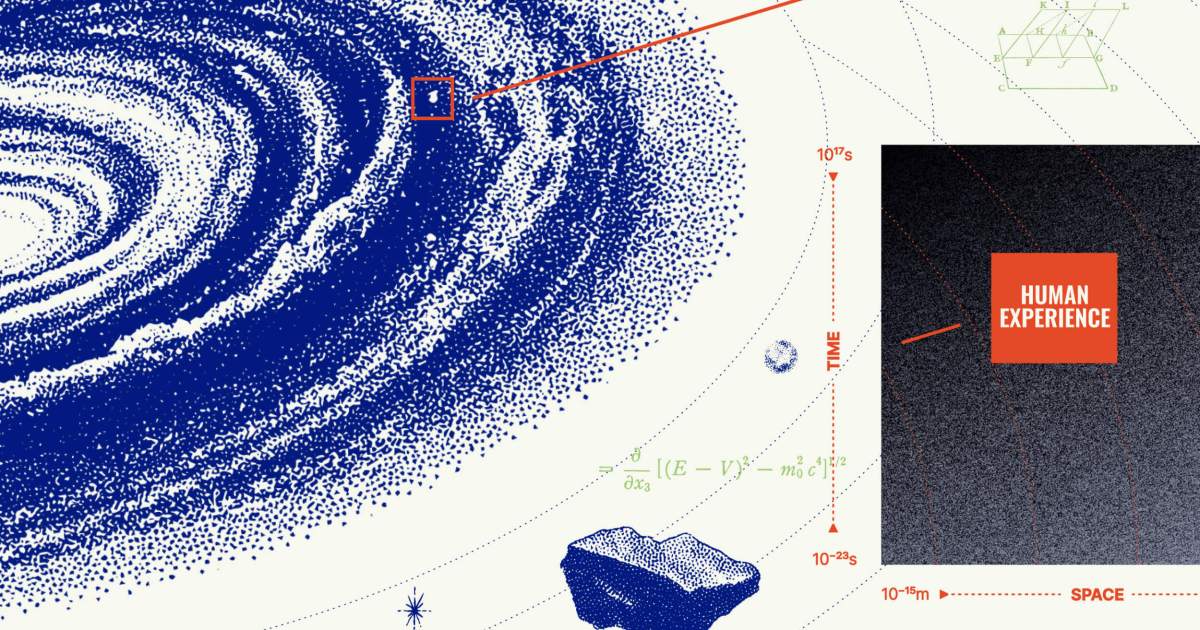
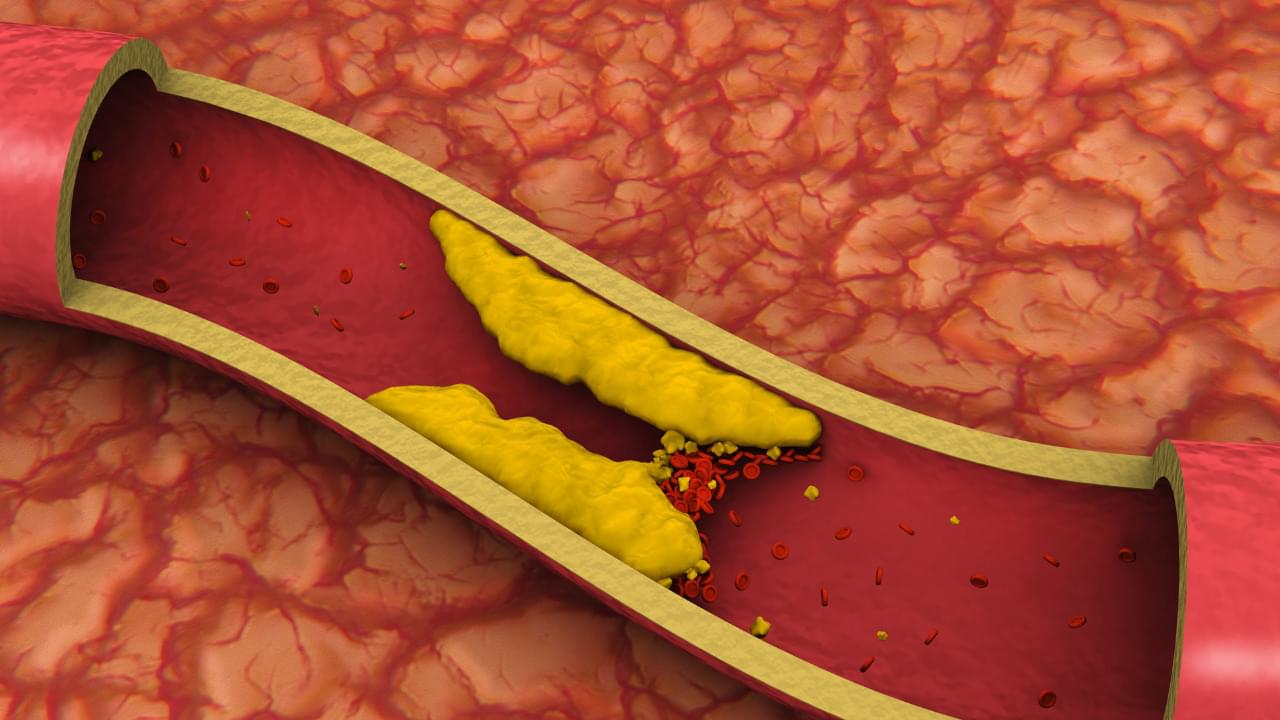
It is a very common belief that once plaque builds up in the arteries, it is there to stay, a slow, irreversible path towards heart disease. Doctors generally prescribed lifelong medication, stents, or even surgery as the only way forward. But as longevity expert Dr Vass, trained at Cornell, points out, that it might not all be true. Science now shows that arterial plaque can indeed be managed, reduced, and even stabilised if the root causes are targeted. So, can plaque really be reversed, and can this lower the risk of heart attacks? Here’s all we need to know about it.

What a terrible day to have eyes.
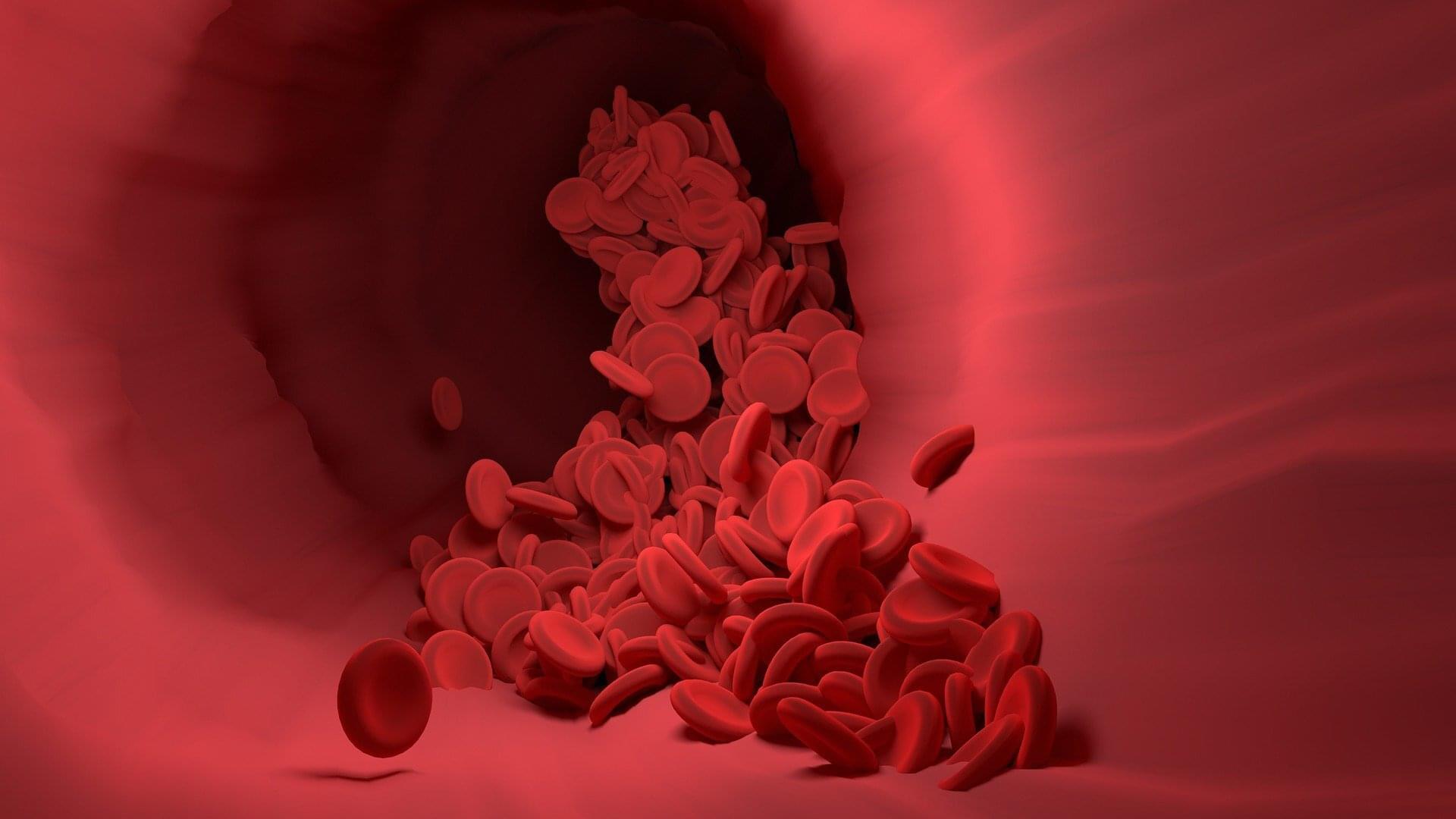
Australian researchers have used an innovative genome-wide screening approach to identify genes, and their encoded proteins, that play critical roles in the prevention of lymphoma development, revealing new potential treatment targets for these blood cancers.
The study, published in Nature Communications, has identified a group of proteins known as the GATOR1 complex as essential tumor suppressors.
The GATOR1 complex normally functions as a “brake” on cellular growth by regulating pathways that control cell growth and metabolism. When GATOR1 components are lost or defective, this protective mechanism fails, allowing cells to grow uncontrollably.